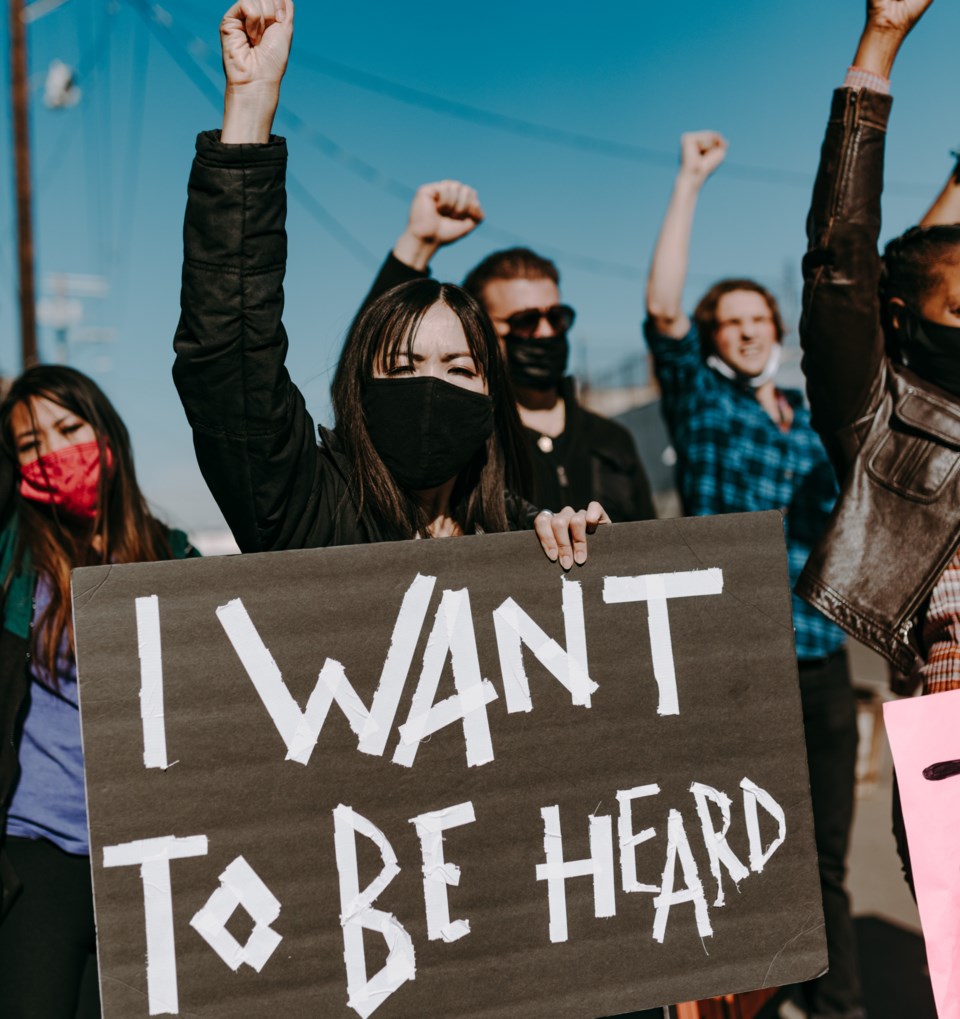After an alarming uptick in hate crimes over the last year and the mass shooting that left eight dead in Atlanta, Asian communities are speaking up about anti-Asian hate and people are listening.
Racism against the Asian community is by no means new, but one of the reasons it has remained out of the spotlight is the “model minority” concept.
There are multiple Asian characters in the pop culture world who reinforce certain stereotypes — whether it’s a mathlete, a wealthy tycoon or toiling business owner.
These all play into the idea that Asian-Canadians and Americans are the “model minority” — an example of how to, essentially, overcome racism.
But the “model minority” idea has been largely debunked as a myth. Here’s what you need to know about it:
What is the model minority myth?
The model minority myth is applied to East, Southeast and South Asian communities in North America.
It’s the idea that these communities are inherently intelligent, studious, hardworking and polite, and all of these traits have led to Asian-Canadians and -Americans being successful, wealthy and less likely to experience racism. Especially in comparison to other minority groups.
How it pits Asian communities against Black, Indigenous and other communities
The term “model minority” was coined in the U.S. by sociologist William Petersen in 1966, in the midst of the civil rights movement.
In a New York Times Magazine article titled Success Story, Japanese-American Style, Petersen opens with the “problem minority” who contend with poor health, poor education and low income — namely Black Americans.
Then he presents the “model minority” — Japanese Americans who were law-abiding and achieved academic success and positive outcomes, despite their past oppression during the Second World War through internment camps. This myth grew to be applied to Asians across many ethnicities.
The idea was used by opponents to the civil rights movement who said if Black people shifted their values and focused on education, they could succeed too.
Pitting races against each other has been a common strategy used by colonizers: divide and conquer.
To this day, it serves the same purpose: reinforcing a system of racism that keeps white people at the top.
Kennes Lin, co-chair of Chinese Canadian National Council (CCNC) Toronto chapter, summarizes the myth: “Through hard work, you can achieve success. And really, when they talk about success, it is closeness to whiteness.”
Model minority myth in Canada
The irony of this seemingly positive framing is both Canada and the U.S. have a history of racist policies against Asian communities.
The Chinese Head Tax, internment camps for Japanese Canadians and the Komagata Maru ship of Sikh immigrants that was turned away are examples of Asian communities being discriminated against by the Canadian government.
With the model minority myth in the mix, the overt racism Asian communities experience in Canada can be left out of the conversation.
For instance, anti-Asian racism wasn’t mentioned in Canada’s 2019 anti-racism strategy, said Avvy Go, director of the Chinese and Southeast Asian Legal Clinic.
Only since the COVID-19 pandemic sparked an increase in violent attacks on the Asian community, has there been more awareness.
Debunking the myth
In essence, the myth gives the impression that Asianness is close to whiteness. But Go says, “If I walk down the street, nobody’s going to think of me as a white person. It’s just not true.” She added that there is actually a feeling that Asians are “perpetual foreigners.”
There are many nuances that get lost in the model minority concept. For one thing, the myth “erases the diversity within the Asian community,” according to Kate Shao, a board member for CCNC’s Toronto chapter.
“It is really used as a monolith to characterize very diverse individuals from Asian diaspora communities,” said Shao.
Apart from the fact that personality traits and book smarts can vary, the idea that all Asians are wealthy is also not the case.
Go points out that in Canada, the poverty rate for Chinese Canadians is about 22 per cent, double the rate of white Canadians.
Impact on the Asian-Canadian community
The idea that Asian Canadians should be hard-working, strive academically and “keep your head down” is fed from multiple angles — media, politics, parents — and as a result it’s internalized.
“I think living within the confines of a very understandable trope like the model minority myth is a survival tactic,” Shao said, who is also an employment lawyer.
Looking back on her childhood in Winnipeg and pursuing law as a career, Shao said, “I never let myself think about what could be or what my life would be if I wasn’t confined to this internalized idea of the model minority myth.”
This high pressure to live up to this standard can also have negative mental-health outcomes for Asian youth.
TDSB data from 2015 showed that East Asian, Vietnamese and Bangladeshi students were less likely to feel positively about themselves than their peers and worried about the future and school work.
Go says the model minority myth “creates self harm.” She said some people in her community believe that following these ideals will lead to the best outcome.
“If ultimately, our goal is to get rid of racism (and) white supremacy, having those kinds of tensions will not get us there,” she said.
Angelyn Francis is a federally funded Local Journalism Initiative reporter at the Toronto Star covering equity and inequality
